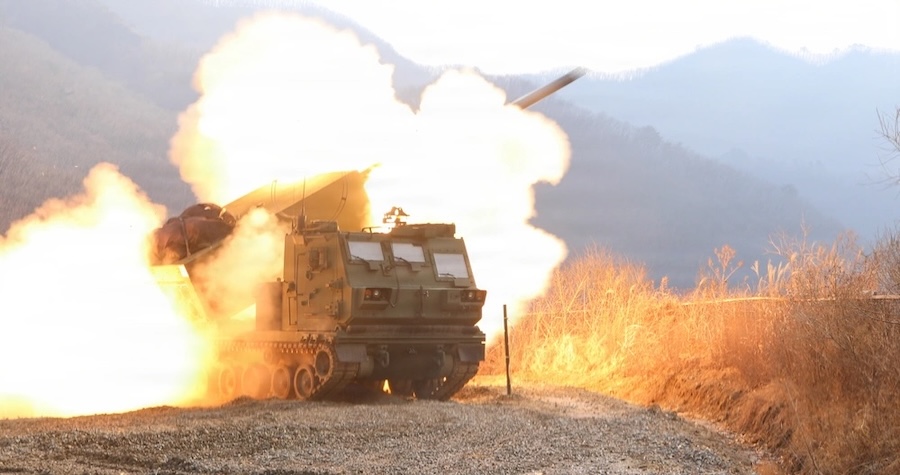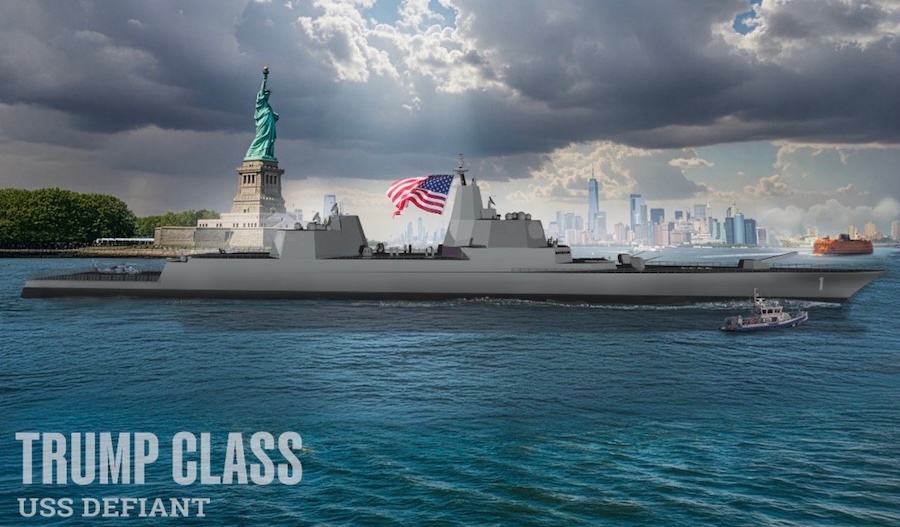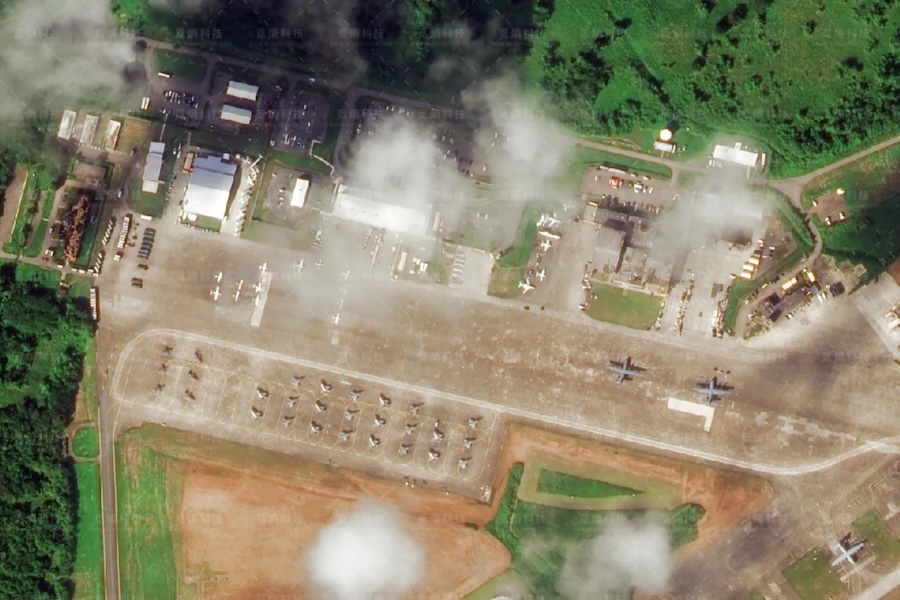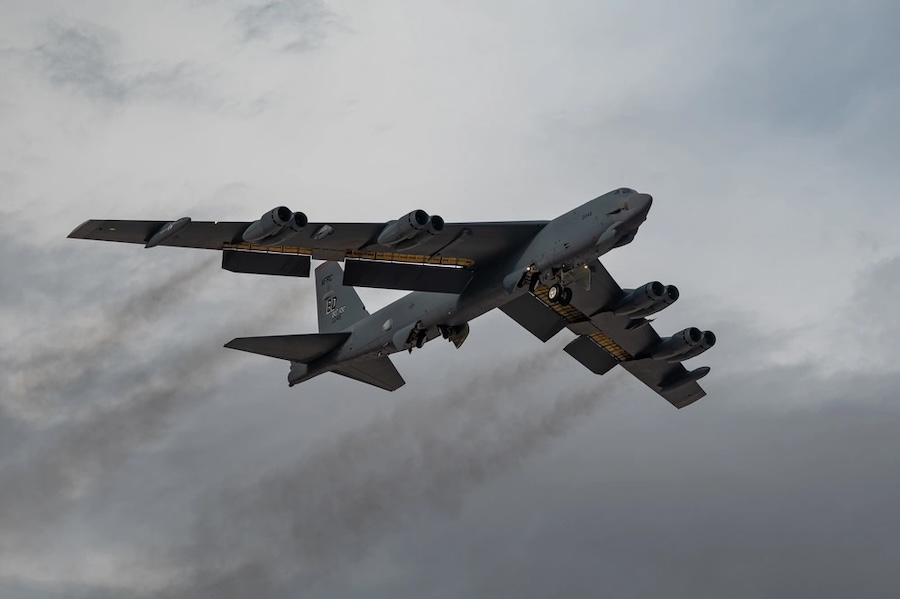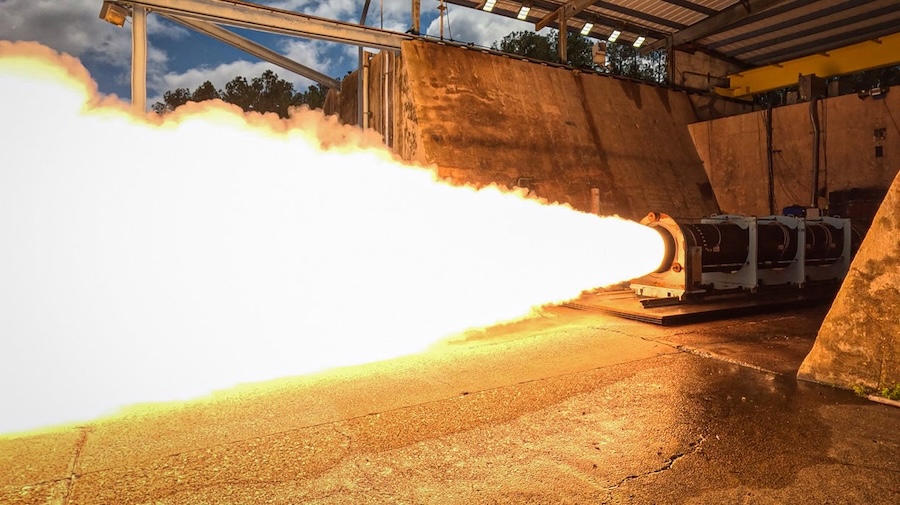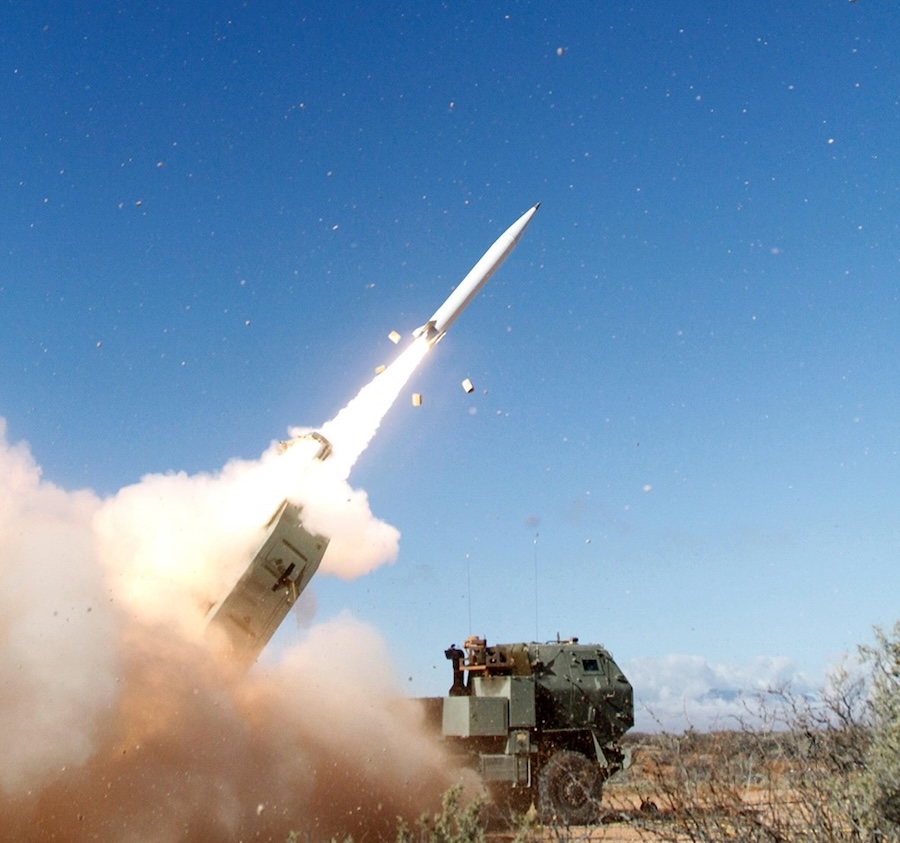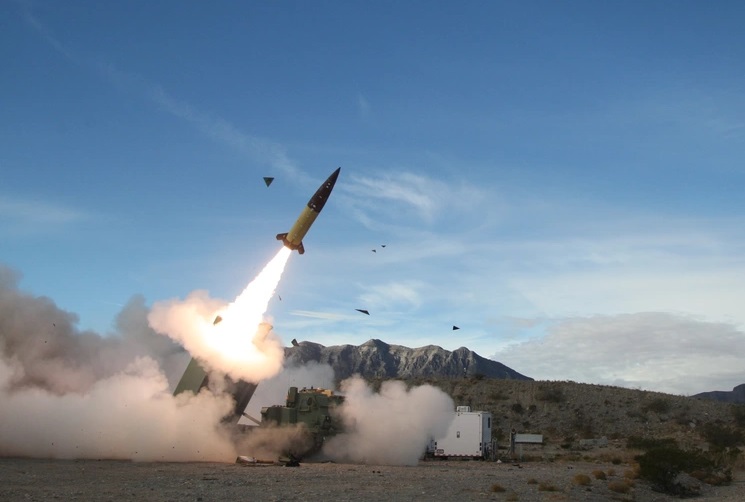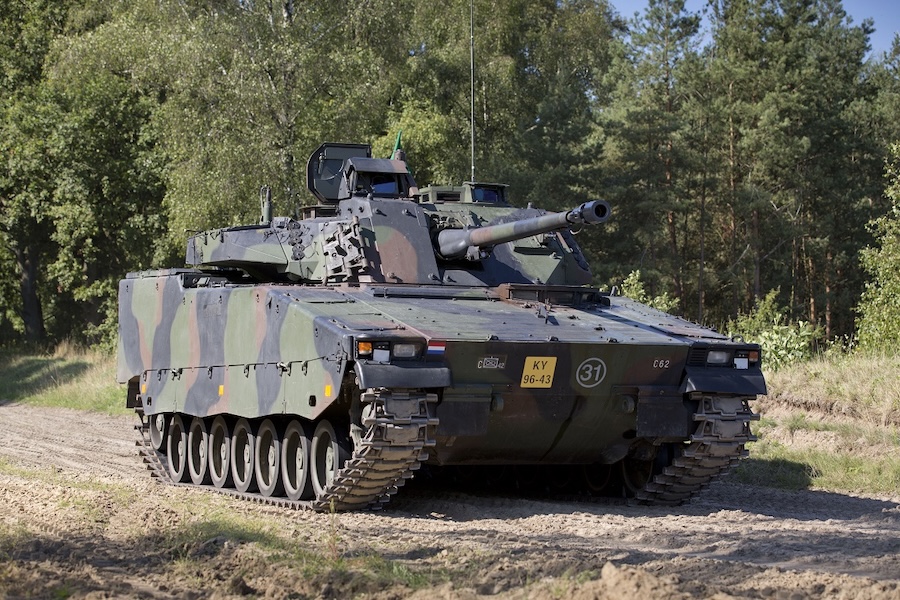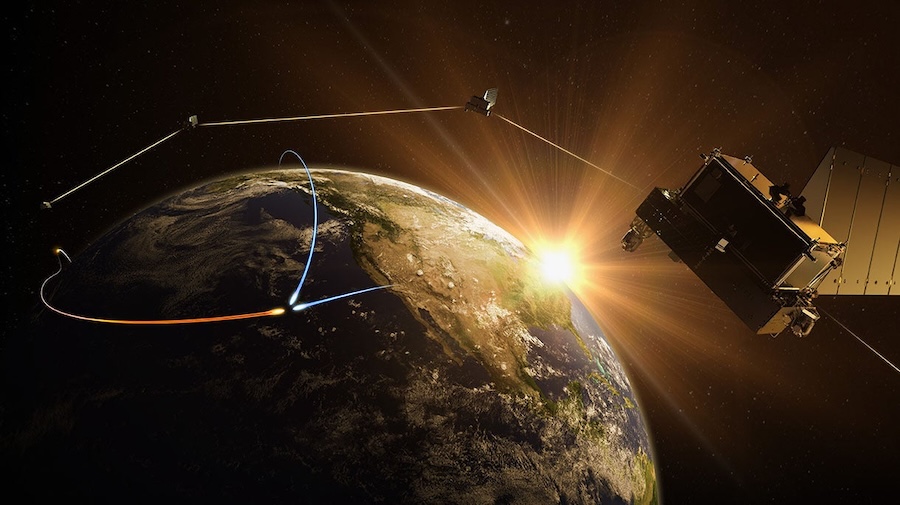The interceptor is being designed to counter advanced threats such as hypersonic and ballistic missiles, with the company still evaluating a range of potential technologies, including lasers and kinetic kill satellites. “We are committed to making space-based interceptors for missile defense a reality, leveraging our decades of experience, investments, and industry partnerships, to be ready for on orbit testing in 2028,” said Amanda Pound, mission strategy and advanced capabilities director at Lockheed Martin Space.
The Golden Dome concept, unveiled in May 2025, calls for a global constellation of satellites equipped with sensors and interceptors to detect, track, and neutralise missile threats in space. The initiative draws comparisons to President Ronald Reagan’s 1983 Strategic Defense Initiative, also known as “Star Wars,” once dismissed as science fiction but now seen as increasingly feasible.
General Michael Guetlein, head of the Golden Dome programme, stated that many critical components are already in place and affirmed the objective of achieving a test-ready platform by 2028. Jeff Schrader, vice president of Lockheed’s space division, noted the complexity of the task, saying: “Intercepting a missile in orbit is a pretty wicked hard problem physics‑wise. But not impossible.”
Despite progress, analysts warn that realising the Golden Dome vision may require launching thousands of interceptors into orbit, echoing the Cold War-era “Brilliant Pebbles” programme that was ultimately abandoned due to high costs and technical challenges. Golden Dome is currently estimated to cost $175 billion, with $25 billion already approved, though projections over two decades range from $161 billion to more than $830 billion.
Lockheed Martin is also reinforcing terrestrial defences to complement the space-based layer. In March 2025, its Aegis Combat System aboard the USS Pinckney successfully simulated the interception of hypersonic missiles during the Stellar Banshee exercise.
The company is advancing infrared seeker technology to improve terminal-phase missile tracking and remains a central contractor in U.S. missile defence and hypersonic weapons development. It leads the Next Generation Interceptor (NGI) programme, expected to reach initial operational capability by the end of fiscal year 2028.
In parallel, Lockheed is fulfilling Navy contracts for the Conventional Prompt Strike (CPS) hypersonic weapons system, which is scheduled for sea-based deployment between 2027 and 2028. Although President Trump has called for Golden Dome to be operational before the end of his term, defence officials caution that supply chain constraints and the Pentagon’s procurement pace make full deployment by 2029 unlikely.
Source: Fox News.












